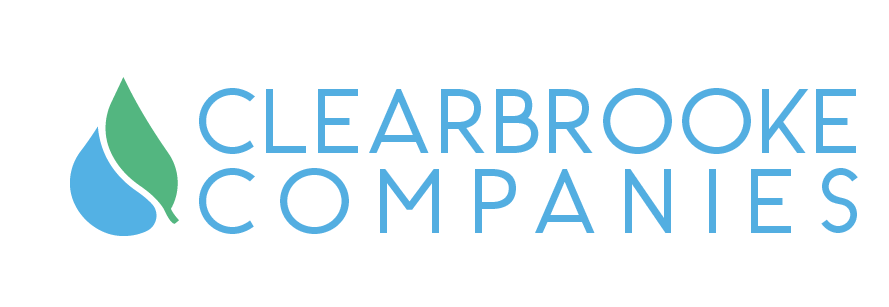
Save Money: Minimize Fall Lagoon Odors and Turnover
The fall season ushers in Friday night lights, pumpkins spice everything, and inevitably noxious odors from wastewater treatment lagoons. These offensive odors, caused by “lagoon turnover” are due to the following:
Release of Gases: The bottom of the lagoon is home to anaerobic bacteria. When temperature inversion occurs, gases that usually reside on the bottom of the lagoon (or in the sludge blanket) are released and turnover takes place.
Lagoon Layering: When wastewater lagoons are not mixed property, the lagoon will develop into layers at the end of the spring season. This seasonal process, called thermal stratification, results in cooler water being collected at the bottom of the lagoon and warmer water rising to the top. The influent water will then rise to the highest level of the lagoon and begin to flow out with the effluent.
Change in Temperature: In the fall, cool temperatures and changes in barometric pressure may lead to destratification and eventually, lagoon turnover. This also happens in the spring, although, to a much greater extent.

Sludge Mats: Lagoon turnover occurs when the top layer of the lagoon sinks to the bottom, displacing the once cooler water that resided there at the end of the summer. This leads to septic solids, which were once collected at the bottom of the lagoon, rising to the top of the lagoon. At this point the lagoon “turns over” and sludge rises to the top: sludge mats and strong odors ensue resulting in various problems including a decrease in lagoon treatment efficiency, atrocious odors, and sludge mats.
Can lagoon turnover be prevented or lessened?
The short answer is “yes” – but owners need to address the following issues in advance of the change in weather :
Improve mixing: Increase the lagoon’s circulation, commonly known as “mixing”, by simply restricting the accumulation of waste solids at the bottom of the lagoon. Sludge should be broken down aerobically: this is achieved by driving sludge into the water column. An added benefit is this natural process is odorless.
Change the flow: Circulate the water by horizontal means, which prevents the lagoon from developing layers.
Increase Dissolved Oxygen: This is achieved by aeration and fostering an aerobic environment.
 Odor-Out, an innovative technology manufactured by Clearbrooke, can resolve turnover odor when applied to the offending lagoon or pond. If you have questions about lagoon turnover, or other lagoon issues, our service technicians and environmental manager can provide a free consultation to assist you.
Odor-Out, an innovative technology manufactured by Clearbrooke, can resolve turnover odor when applied to the offending lagoon or pond. If you have questions about lagoon turnover, or other lagoon issues, our service technicians and environmental manager can provide a free consultation to assist you.
For assistance treating your lagoon, please contact Clearbrooke Technologies main office at 989.625.5020
Related Articles
Enzymes in Wastewater Treatment – Eco-Friendly Innovation and Transformative Results
Written by Madison Topolinski and Keri Sauvage, BS ChE, Clearbrooke Technologies. Special thanks to Consulting Chemist William Soper, MBA. Published in the Summer 2024 issue of The Clarifier, pg. 24-25 You’ve probably heard about enzymes before, at least in passing....
Lucrative Wastewater Treatment Distributorship Available
Clearbrooke Technologies provides life science chemistry solutions for municipal and industrial applications for wastewater treatment in the United States. If you have a background in sales, science, or wastewater pretreatment, a distributorship opportunity may be...
MWEA Detroit Zoo Tour
On March 12th of this year, members of the Clearbrooke Technologies team, took a tour of the anaerobic digester at the Detroit Zoo. Poo Power at the Detroit Zoo! The Detroit Zoo composts about 500 pounds of manure from herbivores to use on their gardens. Carnivore poo...
